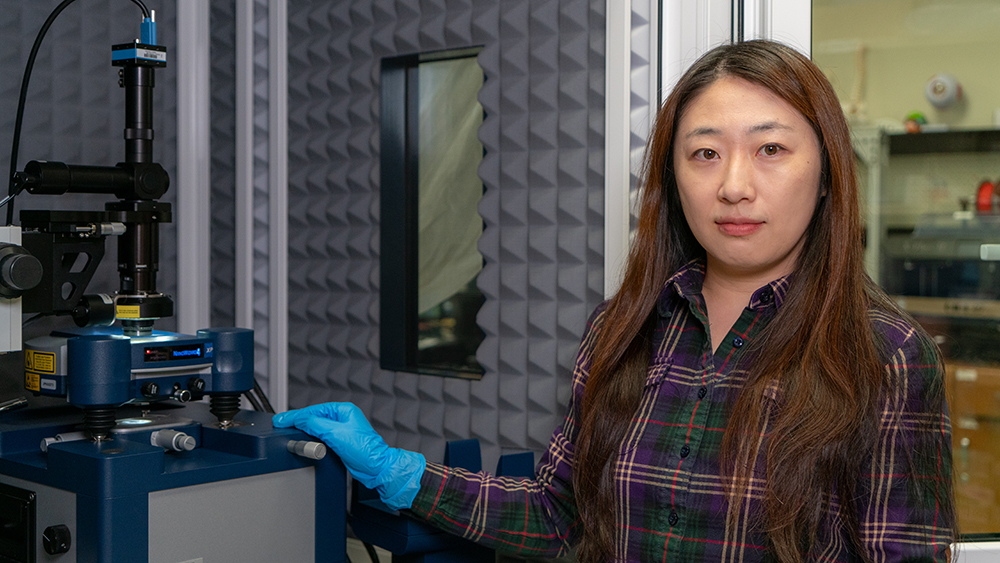
Growing up in China, Dr. Yuxiao Zhou noticed petroleum pipelines all around her. Impressed by these systems and their underground networking, she became interested in mechanical engineering from a young age.
Zhou is now a professor in the J. Mike Walker ’66 Department of Mechanical Engineering at Texas A&M University. Her research interests span various disciplines, including device design and surgery planning to diagnose bone diseases, computational and experimental biomechanics, medical imaging and bone regeneration.
The following is an interview with Zhou, discussing her journey into mechanical engineering and the focus of her current research.
Q: What brought you to Texas A&M University and the mechanical engineering department?
A: Texas A&M offers a very collaborative environment, and as I continue to expand my research to brand-new areas, it provides a place to grow. As one of the biggest departments at Texas A&M, the mechanical engineering department has very supportive staff and faculty, in addition to hard-working students. These characteristics make an excellent environment for junior faculty.
Q: What is your primary area of research?
A: My research focuses on developing innovative personalized biomedical devices to monitor and facilitate bone healing after orthopaedic surgery, investigating the hierarchical structures in bone and cardiovascular tissues and identifying the mechanical and biological cues regulating bone turnover. My research utilizes in situ mechanical testing methods and medical imaging to experimentally measure the 3D full-field deformation inside tissue under external forces. I also use atomic force microscopy to investigate the sub-micrometer scale structures in biological tissues. Besides experimental studies, we are also developing an image-based finite element model to guide biomedical device design.
Q: What about this research area most inspires you?
A: By combining quantitative evaluation into the surgery planning and biomedical device development procedure, faster healing and better long-term treatment outcomes can be achieved to improve patients’ quality of life. My collaborators include researchers and doctors from Baylor College of Medicine, UT Health Houston, MD Anderson Cancer Center, Houston Methodist Hospital and Vanderbilt University Medical Center. The interdisciplinary collaboration I am building further increases my confidence in developing biomedical devices and surgery planning systems that can help people.
Q: What is something you are currently working on?
A: Bones are load-bearing structures, and the mechanical environment can impact how fractures heal after surgery. I am developing patient-specific surgery planning strategies using medical imaging to systematically guide various surgical procedures, such as dental implant surgery, spinal fusion surgery and joint replacement surgery. I am also using the nanometer-scale mechanical characterization method to explain the pathological fragility in bones associated with aging, cancer and genetic disorders.
Q: How might the general public see their lives affected by this work?
Orthopaedic surgeries are procedures to replace and repair musculoskeletal tissues. Specifically, as the global population’s age rises, we see increased bone fracture risks and slow healing after bone surgeries. Our research aims to optimize orthopaedic surgery procedures and post-surgical rehabilitation to achieve a stronger musculoskeletal system with shorter healing times, significantly improving the mobility and life quality of the elderly population.
Q: What can a student in your lab expect to experience?
A: Students working in my lab will be trained to perform advanced image analysis, finite element computational methods, experimental design and data analysis. Students interested in exploring the biomechanics of orthopaedic surgeries using experimental and computational approaches can gain hands-on experience in my lab regarding these unique fields of study.